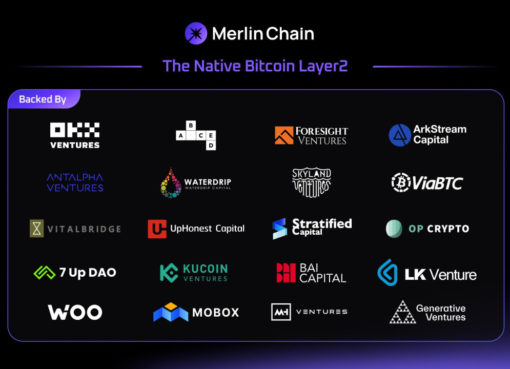On October 30th, Ernst & Young (EY) announced a world-first for distributed ledgers. Called the Ernst & Young Ops Chain Public Edition, the company created a new blockchain prototype that combines the security of the public ledger model with the privacy of the private ledger model—thus a private blockchain.
It does this by using zero-knowledge proof (ZKP) technology on the public Ethereum blockchain. The result, it claims, is a network that will suit the needs of institutions, especially in the financial sector.
But why the need to combine the pro’s of both networks, what’s missing?
The Benefits and Problems of a Public Blockchain, Compared to Private
Anyone is able to join a public blockchain and read or write transactions. As a result, public blockchains are made up of hundreds of thousands of independent computers known as ‘nodes.’ This massive ecosystem means resilience and security—a huge positive of this blockchain model. Bitcoin and Ethereum are well-known examples of this type of blockchain.
However, every transaction on this type of ledger must be verified by each node. And with hundreds of thousands of nodes making up the network, this has become an issue.
It’s an issue because to reach consensus or verification, nodes perform a proof-of-work (PoW). A PoW is a complex cryptographic equation that is solved by the computer. Therefore, transaction times can be slow and costly and this becomes especially evident during times of high activity and volume.
This is given the term scalability, and it refers to a network’s ability to handle and process large numbers of transactions at any given time. Until scalability improves on public blockchains, many enterprises are reluctant to use them.
Another issue facing public blockchains is privacy. Each transaction provides details such as the amount, date, sender address and receiver address. This is visible to anyone on the network. Though many users love this type of transparency for safety reasons, institutions or anyone dealing in larger sums, lack business privacy.
>> Winklevoss Lawsuit Continues; Lawyer States Defendant Committed ‘No Misconduct’
The Benefits and Problems of a Private Blockchain, Compared to Public
A user must be invited to a private blockchain. As such, the network is considered closed or exclusive and can be referred to as permissioned blockchains. Naturally enough, this network model has fewer members than a public blockchain and so can be more vulnerable to hacking.
If a blockchain is fully private, then the network rules are usually controlled by one organization or by several pre-selected nodes. A consensus is reached not by every member on the network but by the selected group of nodes.
Because private blockchains are just that, private, they are well-suited to business and enterprise adoptions. Transactions are only visible to the limited numbers of invited participants.
Hyperledger is a good example of this type of blockchain. R3 is another, being a global banking and financial institution blockchain consortium based on their distributed ledger technology product, Corda.
However, as stated, what private blockchains gain in privacy, they lack in security. With far fewer nodes on the network, manipulation and/or hacking is far more plausible.
Conclusion
There are the two basic blockchain models in a nutshell. Can Ernst & Young’s new prototype truly solve the scalability issue of a large distributed ledger whilst also providing maximum security and privacy to its users? Sounds almost too good to be true, right?
Featured Image: Depositphotos/© kataklinger




